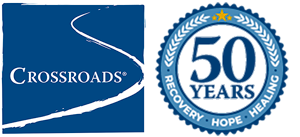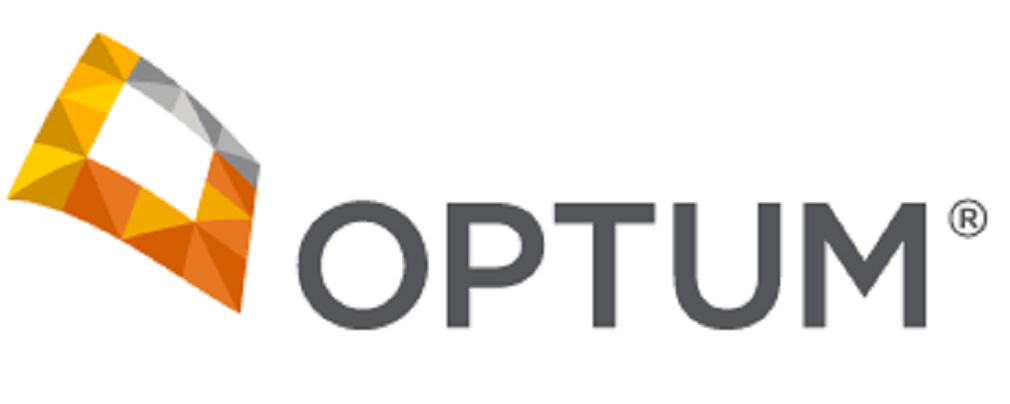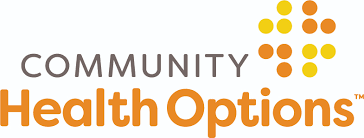Overcoming addiction is not as easy as just saying no and stopping using drugs or alcohol. Addiction changes the way the brain processes information and impacts virtually every aspect of a person’s life. One of the main problems individuals face in recovery from opioid addiction is dealing with withdrawal and cravings. These urges can be incredibly intense, but they do subside over time with continued sobriety.
What is Medication-Assisted Treatment?
One way that addiction treatment centers such as Crossroads support clients in recovery is by using medication-assisted treatment (MAT) in conjunction with therapy and other approaches. Opioids are highly addictive and can cause uncomfortable withdrawal symptoms. Medication can be used to curb withdrawal symptoms and reduce cravings. MAT allows clients to get into a better frame of mind so that they can focus on treatment and recovery.
The three most commonly used medications to treat opioid addiction are methadone, buprenorphine, and naltrexone. Methadone and buprenorphine mimic the effects of opioids and make the brain think that it is receiving the drug when it really isn’t. However, the person does not experience the same euphoric effects; instead, they feel normal. They do not go through withdrawal either. Naltrexone, on the other hand, keeps individuals from feeling the pleasurable effects of opioids if they do use them. This drug is often used to reduce risk of relapse.
These drugs are not meant to replace one addiction with another. At Crossroads, they are used to support clients through treatment and the beginning of recovery. As recovery progresses, clients are weaned off of medications but continue engaging in therapy, physical activity, holistic healing, and other treatment approaches.
Enhancing Recovery Efforts with Medication-Assisted Treatment
MAT is one component of recovery for clients dealing with addiction. By effectively reducing the impact of opioids and withdrawal, clients can feel more positive and empowered in their recovery. They can focus on working through challenges and developing healthier routines to prevent relapse and rebuild their lives and relationships.
Methadone and buprenorphine can help reduce cravings that can trigger a return to drug use. The intense urge to use opioids is reduced, and this makes it easier for clients to focus on strategies they have learned for pushing through cravings and focusing on recovery efforts.
In addition, according to the National Institute on Drug Abuse (NIDA):
- Patients treated with medication were more likely to remain in therapy compared to patients receiving treatment that did not include medication.
- Treatment of opioid-dependent pregnant women with methadone or buprenorphine improves outcomes for their babies.
Crossroads offers a Children and Mothers Residential Treatment Program for women in all stages of pregnancy as well as those who have recently given birth or have young children. MAT is one way of supporting these women in overcoming addiction and embracing a lifestyle of recovery to provide a better quality of life for themselves and their children.
All clients are carefully monitored by medical staff throughout treatment, recovery, and use of any medications. Together the treatment team collaborates with clients to personalize their treatment and determine what works best for their recovery from opioid addiction. Medication-assisted treatment is one option available at Crossroads as part of comprehensive treatment to help clients facing addiction.
[cta]Are you struggling to manage opioid addiction? Medication-assisted treatment at Crossroads may offer the support you need for recovery.[/cta]


















